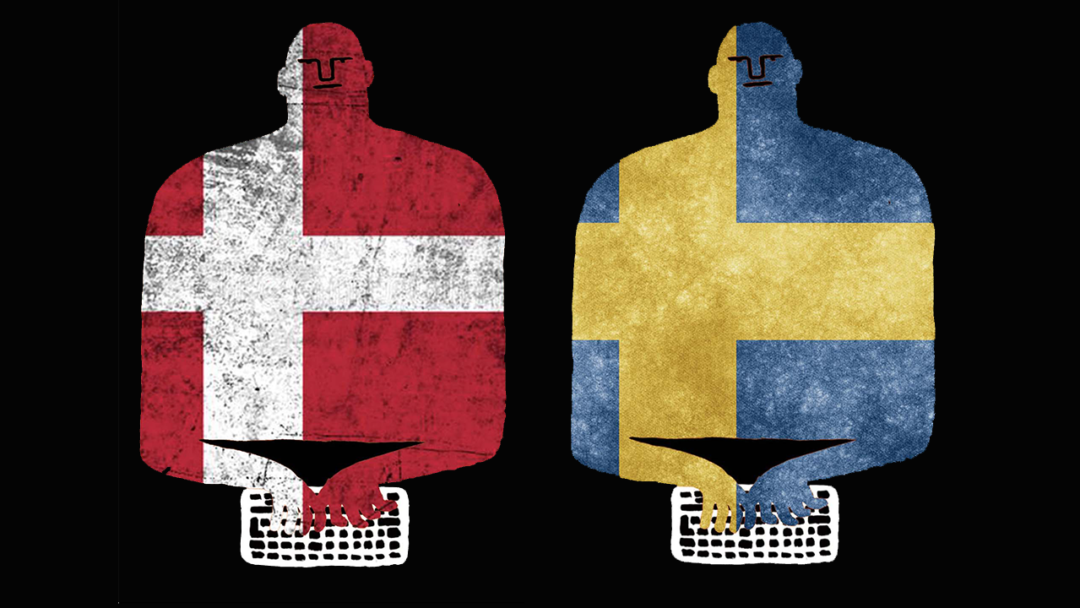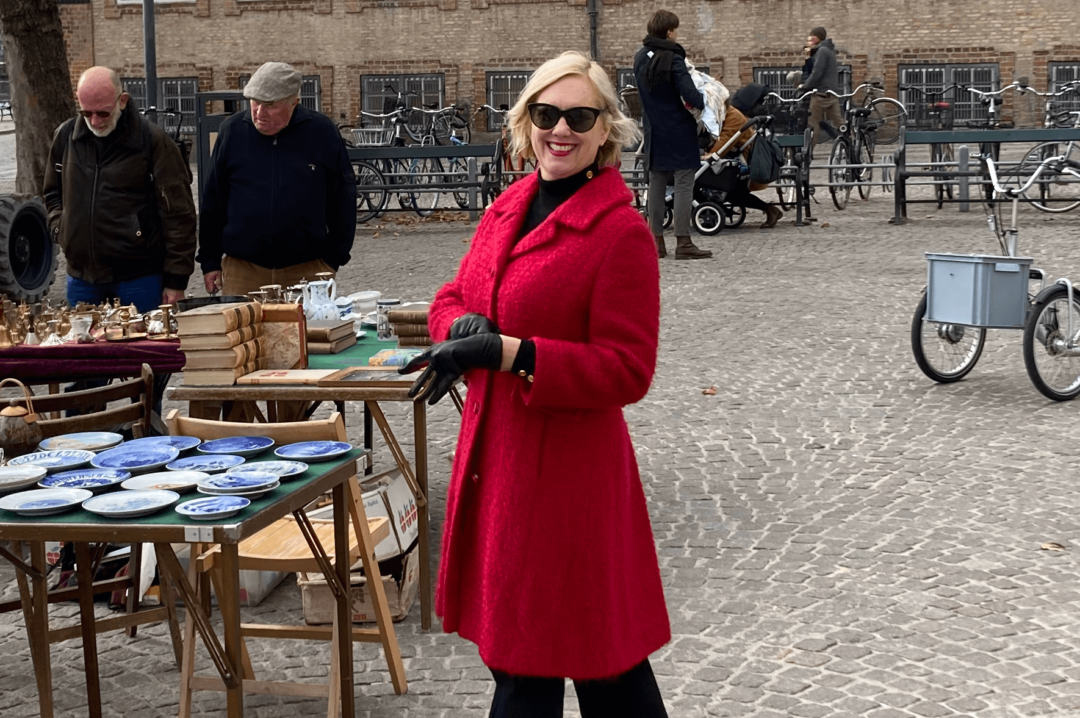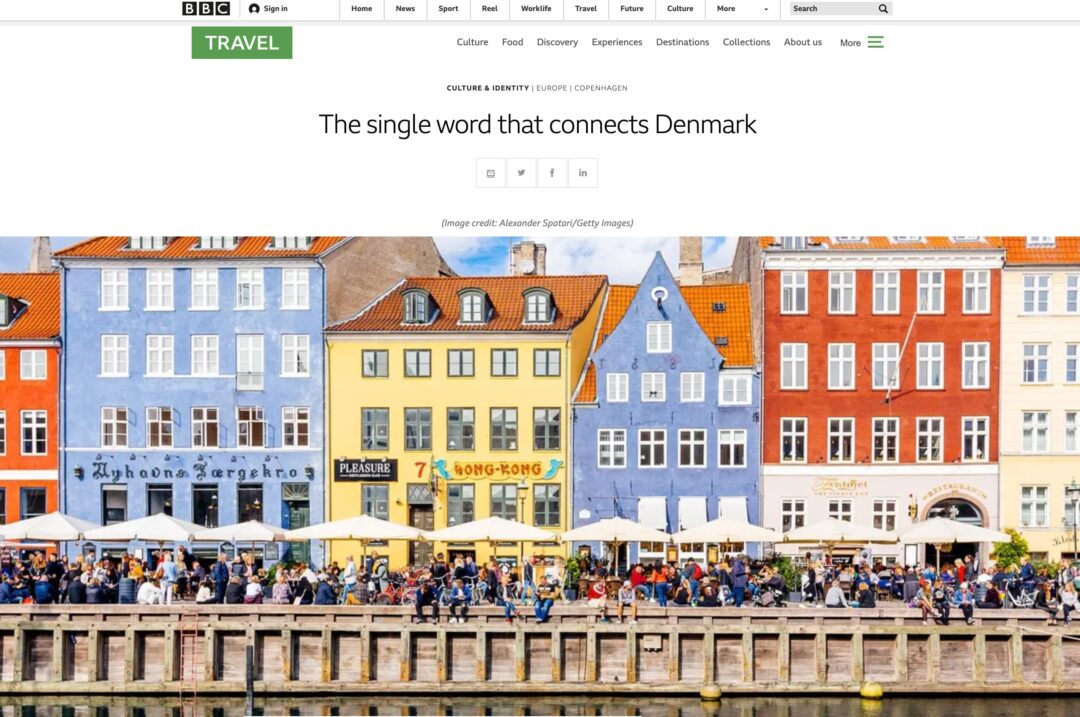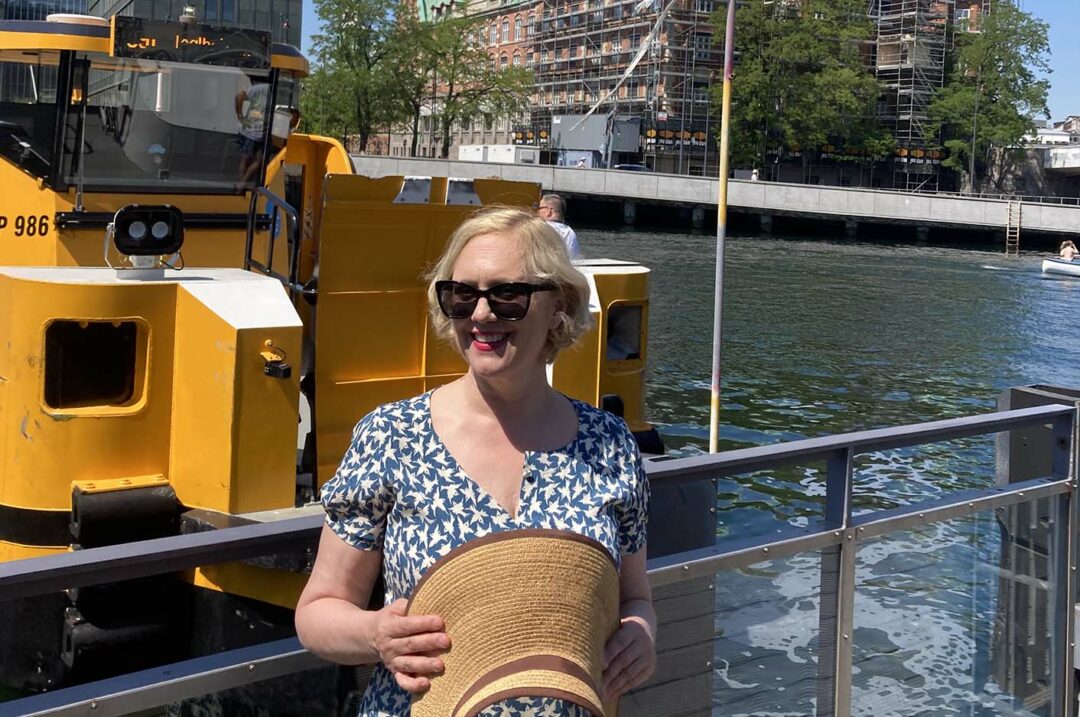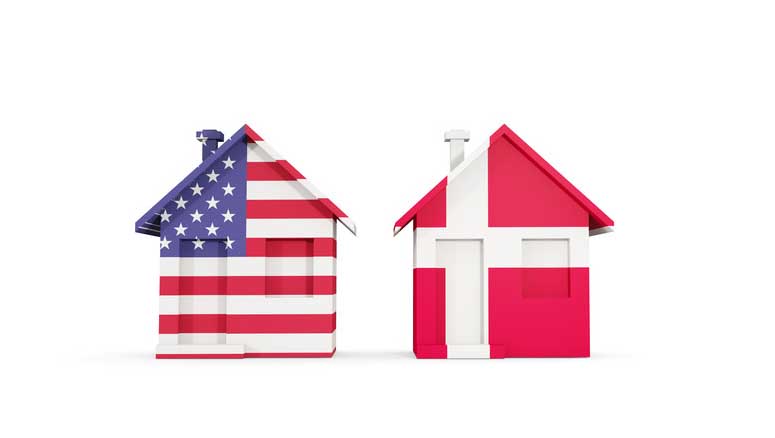While outsiders sometimes see the three Scandinavian cultures as “pretty much alike”, there are significant differences when it comes to working styles, in particular Danish working culture vs Swedish working culture.
Working with a Danish boss can be a shock for Swedes, with their extreme need for consensus and passion for sticking to whatever has been agreed on by the group.
The Danes’ more free-form, flexible approach can take Swedes by surprise, as can the Danes’ directness and sometimes lack of political correctness.
Here are a few tips for Swedes (or anyone else!) working with a Danish boss.
Tip #1: “The plan” is whatever works best today.
Swedes are famous for their careful planning process, spending all the time they need to collect consensus and make sure that everyone is on board with the plan. And once the plan is agreed upon, it is carefully followed by all.
Danes aren’t quite as keen on long planning processes: they’d rather put their oars in the water and start rowing, correcting course as needed.
If new information emerges or customers don’t respond as expected, “the plan” may be ditched without hesitation – and without discussion.
As an employee, it can be disconcerting to be working in one direction and then suddenly be pulled in another, but the Danes are proud of what they see as their practicality and flexibility.
This approach may also mean that the Danes on your team will follow a consensus agreement only to the extent that they think it is useful. If not, they may try to wiggle out of it, or “forget” to implement some of the measures you thought you’d agreed upon.

